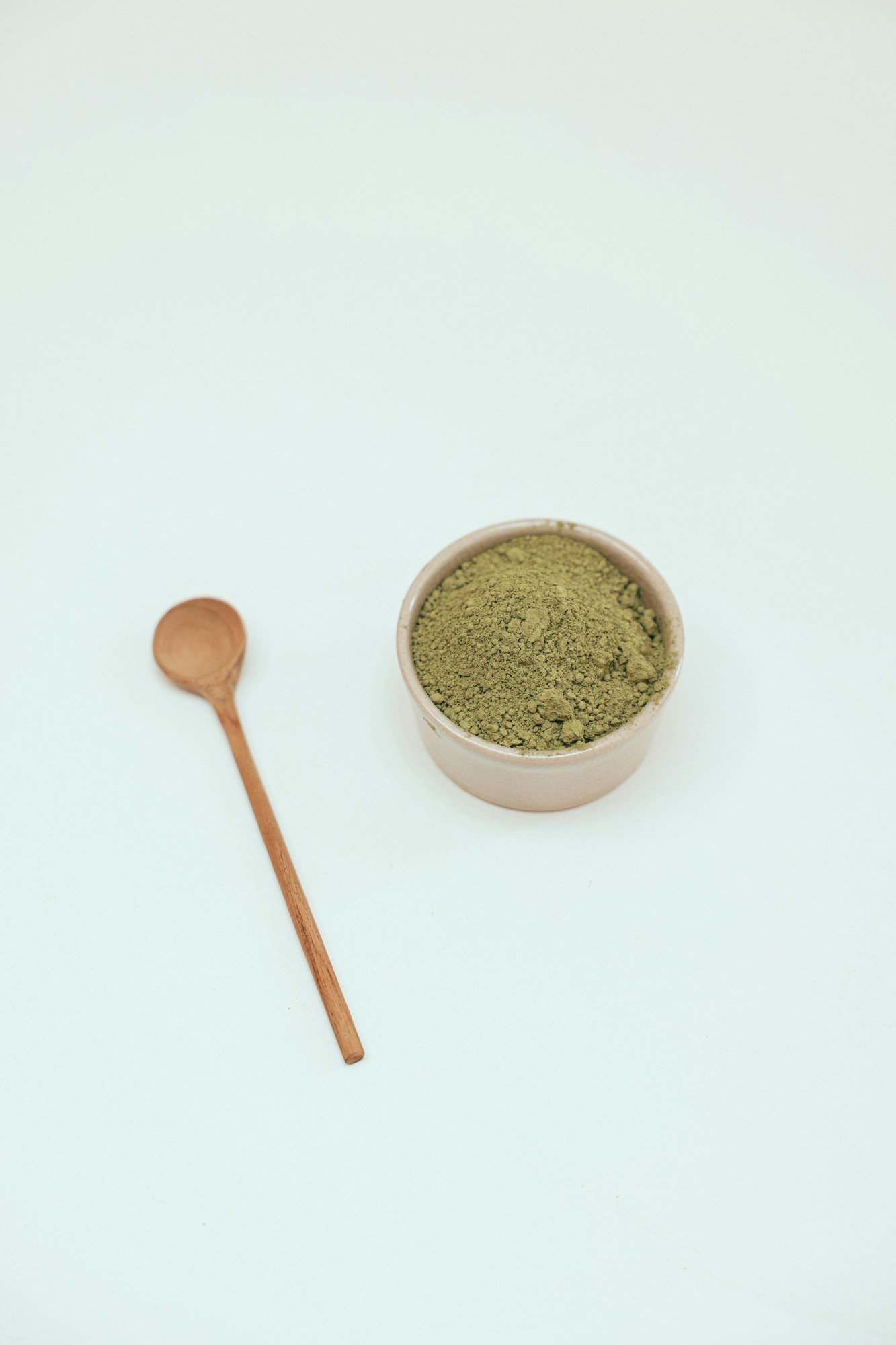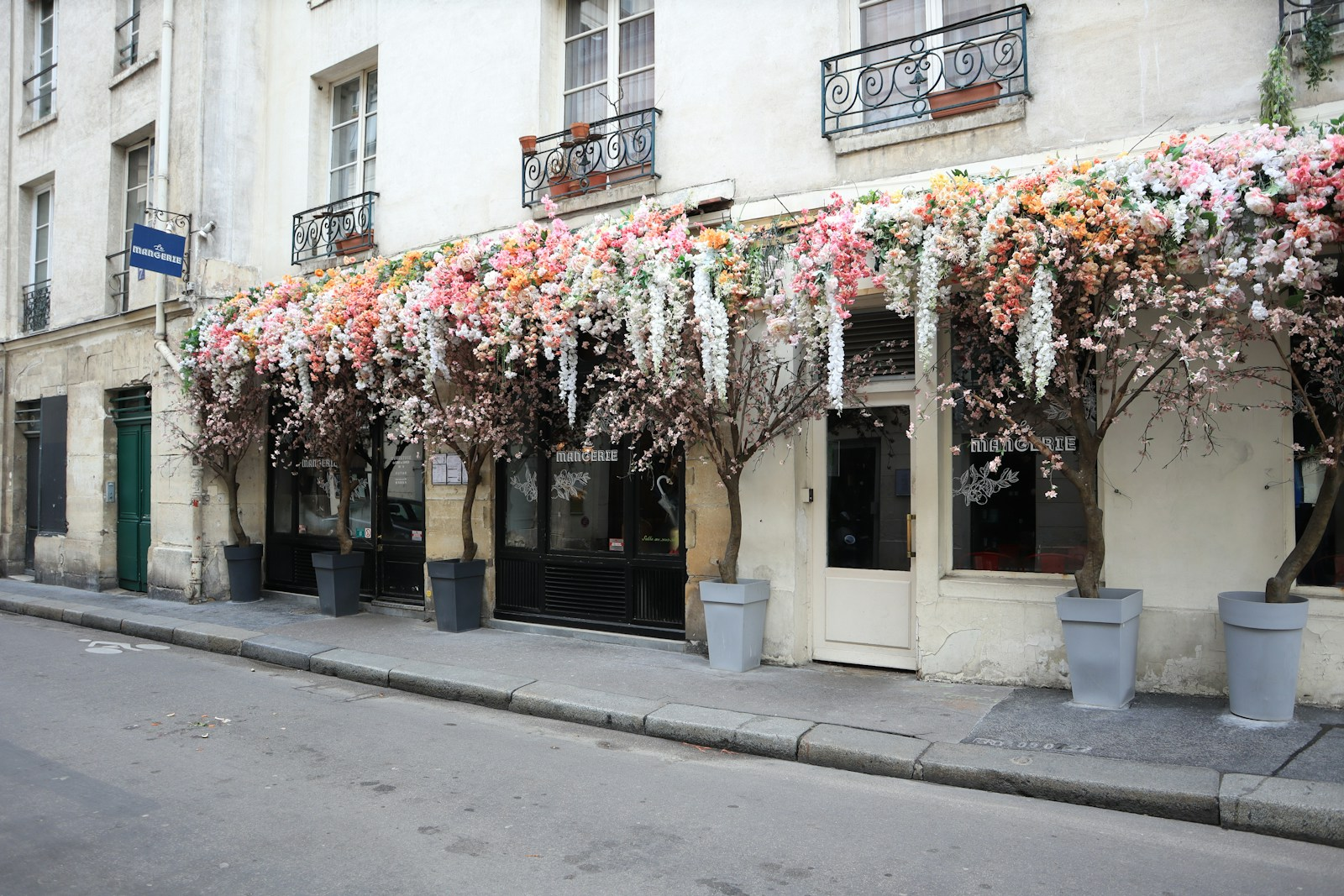A global obsession with matcha has pushed prices to historic highs, but as droughts and extreme heat strain harvests, Japan’s small tea farmers are facing tough questions about sustainability.

Matcha’s vibrant green hue has made it a natural social media star. TikTok and Instagram overflow with videos of frothy matcha lattes being whisked in zellige-tiled kitchens, hotel rooms, and even on airplanes.
Yet the global surge in demand has revealed the fragility of Japan’s artisanal supply chain, which is being pushed to its limits by extreme weather, climate change, and new tariffs.

In mid-2024, viral TikToks featuring ceremonial matcha from Kyoto-based Marukyu Koyamaen sold out a half-year’s worth of tea in a single month. Demand spread beyond one brand, creating a tourist-driven frenzy. Small farms, accustomed to steady local and regional sales, struggled to keep up.
Premium ceremonial matcha, prized for its vibrant color and fine flavor, is the most sought-after product. Even before the global frenzy, stock was limited, with tourists and resellers By late 2024, Kyoto tea shops found themselves out of matcha until the next harvest.
Extreme heat, drought, and late frosts have forced adjustments in harvest timing, shading techniques, and trimming schedules. These interventions protect the tea plants but also limit how much matcha can be produced without compromising quality.

Even traditional stone mills, which grind ceremonial matcha, have become bottlenecks. Skilled millers are retiring faster than new apprentices can be trained, forcing some farms to invest in high-quality electric mills to maintain production. Not all farms can afford such upgrades, highlighting the financial pressure small producers face.
Even stone milling, the traditional method for producing ceremonial matcha, has become a bottleneck. Only a handful of skilled mill carvers remain in Japan, and many are retiring without apprentices to replace them.

Meanwhile, the Western matcha craze continues to grow, often detaching the tea from its Zen origins. Matcha lattes, ice creams, and other flavored products have turned the green powder into a global commodity. While this attention benefits artisanal farmers financially, it also pressures them to meet overwhelming demand with limited resources.
Despite these challenges, the future of matcha remains promising. Countries like China, South Korea, and Vietnam are expanding matcha production, but Japan’s Kyoto-grown teas still command the highest attention and value. For global consumers, the opportunity lies in supporting ethically grown, high-quality matcha, ensuring the communities producing it can sustain their craft in a warming, unpredictable climate




